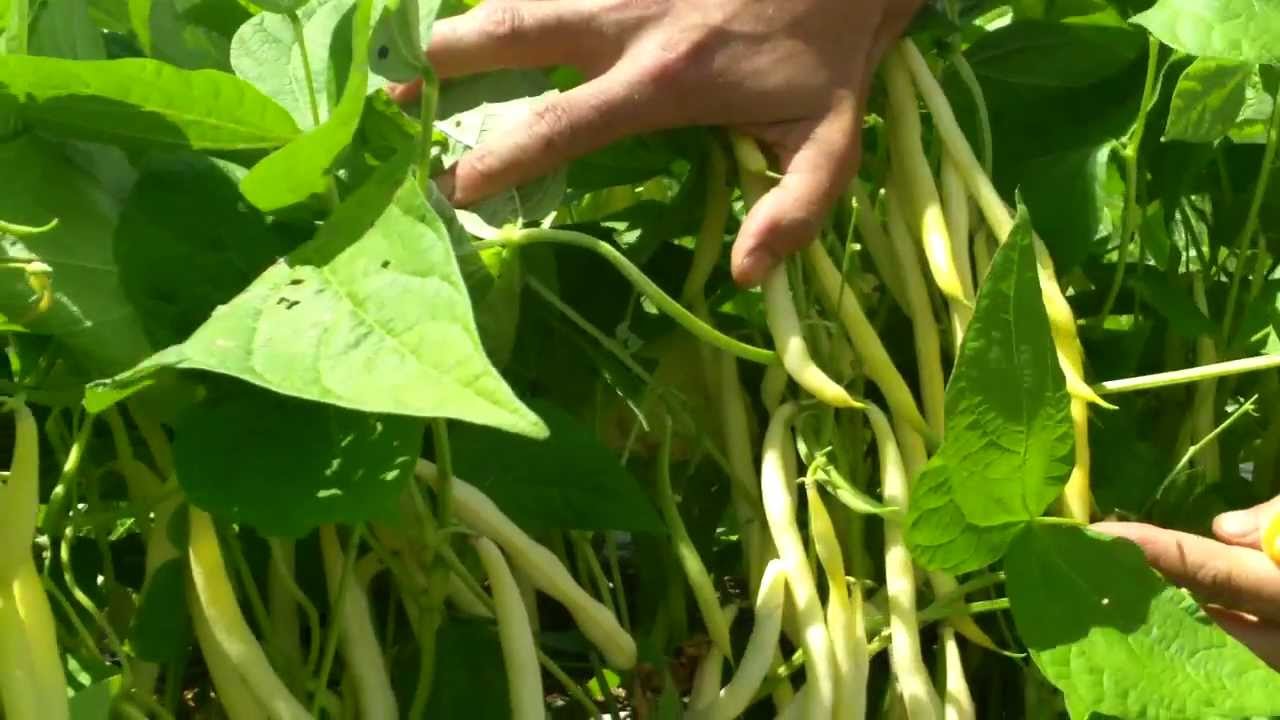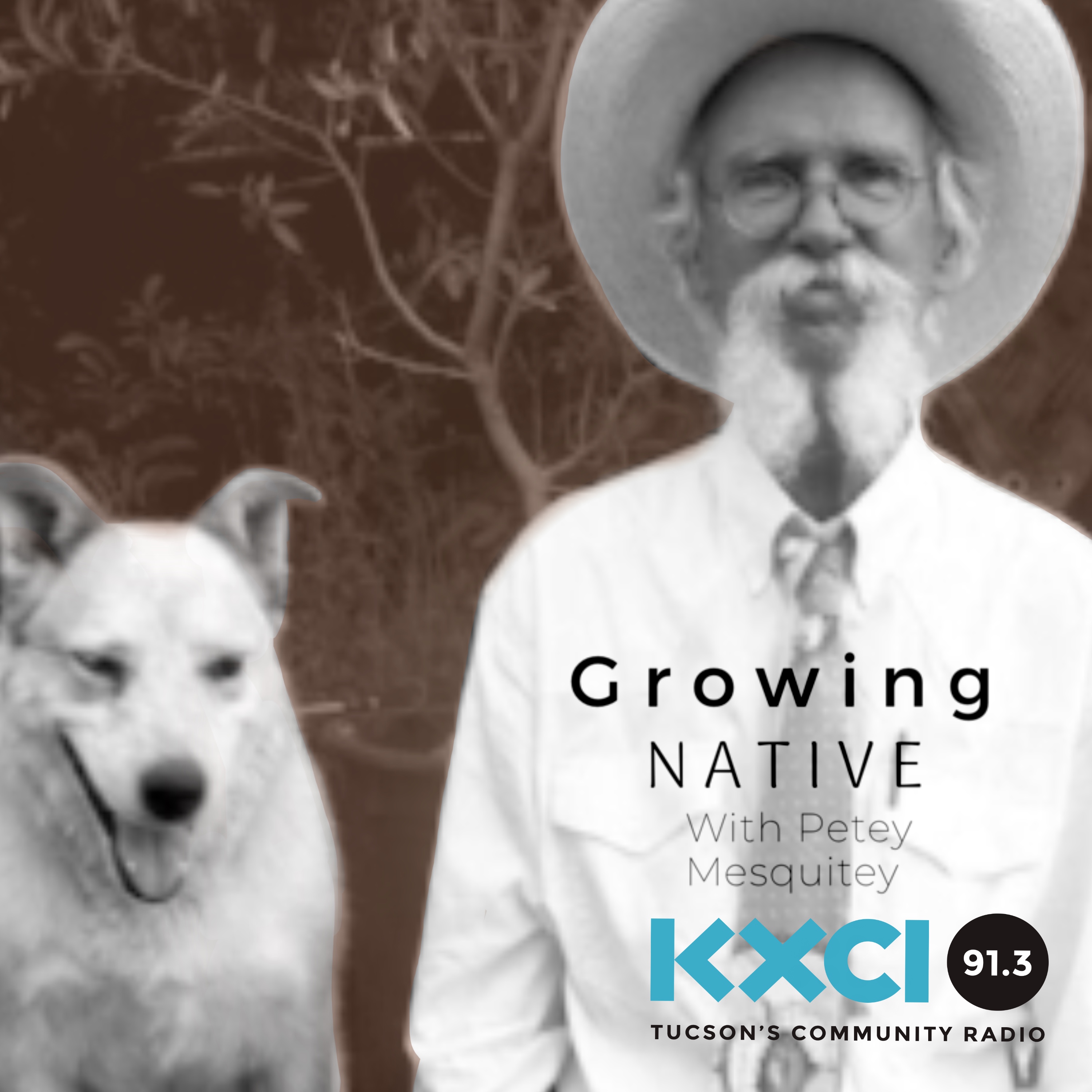Dear KXCI listeners, friends and supporters, you might have noticed that we have re-aired some of our original programming over the last two weeks. KXCI staff and volunteers have been working around the clock to prepare new content, while highlighting the brilliant programming already produced.
I don’t know if Growing Native falls under “brilliant programming,” but I want you to know that you’ll be hearing what I call “Re-Peteys” for a bit while I too work on new content and production from home. Thank you so much for your continued support of KXCI Community Radio. I wish I could hug you.
The scientific name of the black swallowtail is Papilio polyxenes. Papilio is from the Latin for butterfly and the specific epithet polyxenes is from two Greek words and I think it means many guests. I could be wrong, but I liked my translation, because it made me think of all the larvae I would see on one fennel plant and that looked like many guests to me.
If you want to attract black swallowtail butterflies to your personal habitat in southeastern Arizona -of course you do- simply plant some plants in the parsley family Apiaceae and I guarantee that a female black swallowtail will find your parsley or dill, lay her eggs and before you know it, you will find tiny crawling bird poops eating your parsley and dill (see photo). At our house they were on fennel (Foeniculum vulgare).
Some plants in the rue family, Rutaceae, are also larval food for black swallowtails. There are two species of turpentine broom or Thamnosa found in Arizona. Near me in Cochise County you can find Thamnosa texana on the dry rocky slopes of the Dragoons and the Mules. Also, you might want to check with your favorite native plant nursery to see if they grow one or both species. They just might save your parsley from being devoured.

The photos are mine. The chrysalis is attached to a brickell bush stem and the caterpillars both tiny and big, are eating our fennel. Pretty darn cute!



Well, now you know about my personal gardening history. It’s not done. I mean there is history in the making in the garden just...

Come on blue dicks and come on spring! Oh, while figuring out that the genus Dichelostemma translates as “a garland which is twice-parted to...

The photos are mine of Verbesina encelioides. Although it’s quite pretty, “a common weed of roadsides and waste places.”* *Kearney and Peebles, Arizona Flora